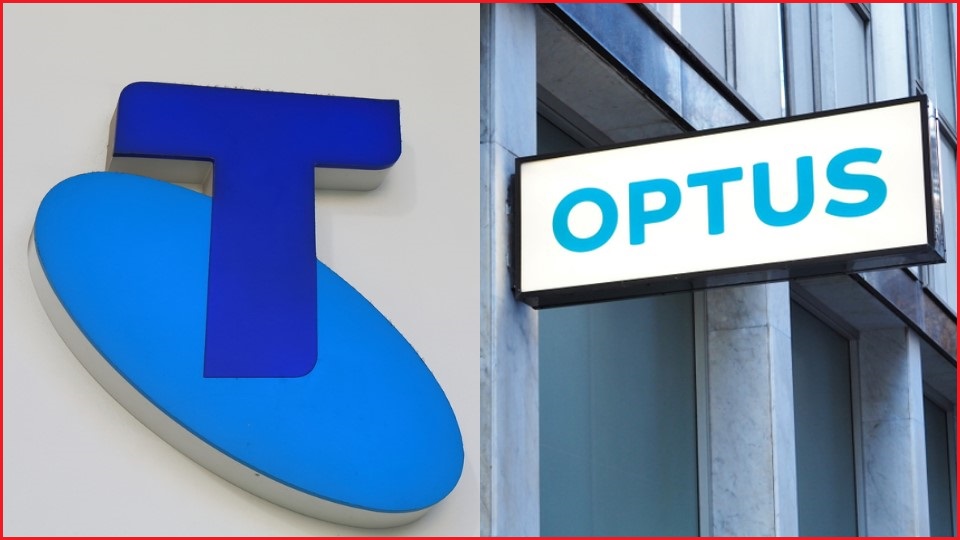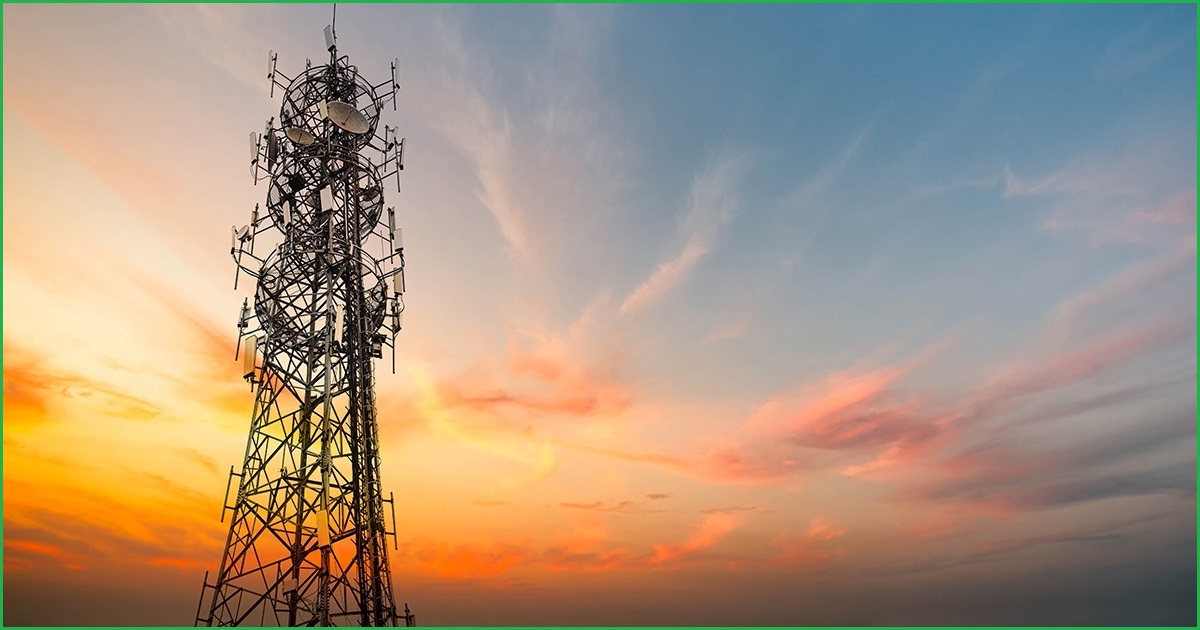EXCLUSIVE: A Telstra investigation found “no evidence of delay” dispatching emergency services despite "poor signal” and silence on some Triple Zero calls during a fatal fire on a rural New South Wales property in December, according to documents obtained by Information Age under Freedom of Information laws.
The fire occurred in a paddock on McEvoys Road in Goolhi, about 30 kilometres west of the northeast NSW town Gunnedah, on the afternoon of Saturday, 14 December 2024.
A 39-year-old man operating machinery in the paddock sustained serious burns in the blaze and was treated by paramedics before being airlifted to hospital, but died the following day, NSW Police said.
The incident took place just weeks after Telstra and Optus phased out their 3G networks, leading to speculation network changes had potentially negatively affected local mobile coverage.
Telstra, Australia’s largest telecommunications provider, was asked to prepare a report on the incident for the Department of Infrastructure, Transport, Regional Development, Communications and the Arts.
The company submitted its investigation to the department in an email on 20 January 2025, writing, “Telstra was informed of claims that attempts to call Triple Zero were made during the incident but experienced dropouts.”
Telstra’s investigation found eight calls were successfully connected to Triple Zero and there was “no evidence of delay in the dispatch of emergency services”.
This was despite the report finding three of the eight calls experienced “an issue with call quality due to poor signal”, including two which fell completely silent after initially connecting.
One of those two calls was hosted by Telstra, while the other made use of emergency capabilities to use the Optus network when the Telstra network could not be reached.
“Calls were made from an area with no to low Telstra coverage," said the report, which found Optus also had "no to low coverage" in the area of the fire and there was no TPG/Vodafone coverage in that location at the time of the incident.
Other calls missing from Telstra's investigation may not have connected if they were made from outside coverage range, the company's report said.
A Telstra customer who reported an issue making emergency calls during the incident was found to have “moved from a coverage area to a no coverage area”, based on their location data.
“Based on claims, it is likely that one or more call attempts were made outside of mobile coverage," the investigation found.
The death of the 39-year-old man was referred to SafeWork Australia and a report was to be prepared for the Coroner, NSW Police said at the time of the blaze.
Goolhi fire raised concerns over 3G shutdowns
Some politicians and farming organisations raised concerns over Telstra and Optus's 3G network shutdowns in light of the Goolhi incident, with some alleging coverage issues potentially delayed emergency responses.
NSW Farmers Association President Xavier Martin questioned the telcos’ claims of improved coverage after the 3G shutdown and described the Goolhi incident as “disgraceful” during an interview with ABC Radio in December.
“If you can't contact Triple Zero and be reliably connected to describe the incident and where it's located, then we're going to suffer more and more of these catastrophes — these terrible incidents,” he said at the time.
Telstra has previously stated coverage issues were not related to the closure of its 3G network.
The company also argued in its report on the Goolhi fire that its coverage in the area had “marginally improved since the introduction of 4G”.
Both Telstra and Optus defended their post-3G mobile networks in front of a Senate committee in February, and argued most of the complaints they had received were device-related issues which were not related to their mobile coverage.
In a response to a Question on Notice from One Nation Senator Malcolm Roberts during the committe's hearings, the Department of Infrastructure, Transport, Regional Development, Communications and the Arts said it was “not aware of any other incidents similar to the one that occurred in Goolhi”.
Telstra also shared its report on the Goolhi incident with telecommunications regulator the Australian Communications and Media Authority (ACMA), which told Information Age it was "satisfied that the circumstances, while tragic, do not raise any concerns about any telcos’ compliance with their regulatory obligations".

Both Telstra and Optus have defended the size and strength of their post-3G mobile networks. Photos: Shutterstock
Satellites will bolster Triple Zero access, government says
While Australia’s telecommunications giants committed to improving their networks by switching off 3G and expanding their 4G and 5G coverage, they will also need to provide mobile voice and SMS coverage across nearly all of Australia by 2027, under a federal government plan to improve access to Triple Zero.
The proposed Universal Outdoor Mobile Obligation (UOMO) would use existing mobile coverage and Low Earth Orbiting satellites to create up to five million square kilometres of extra outdoor coverage, the government announced in February.
“Every Australian will feel safer knowing that with the right handset, they can call Triple Zero from anywhere they can see the sky,” National Farmers Federation President David Jochinke said following the UOMO announcement.
February’s Senate committee hearings into the 3G network shutdown heard testimony that many regional Australians, including farmers, were aready "moving in droves” to satellite connectivity providers such as SpaceX’s internet service Starlink.
Both Telstra and Optus have signed deals to use Starlink’s satellite-to-mobile services for text messages, with the potential for phone call and data capabilities in the future.











